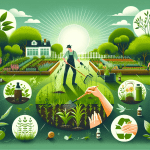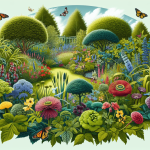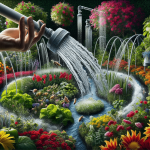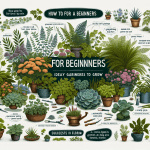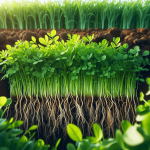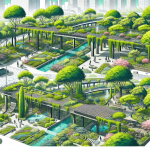This post may contain affiliate links. As an Amazon Associate, we may earn commissions from qualifying purchases.
How do you go about establishing a bee-friendly garden to support local pollinator populations? This question often crosses the minds of many gardeners and nature enthusiasts seeking to contribute positively to the environment. By creating a sanctuary for bees, you not only help local pollinators thrive but also enhance the beauty and productivity of your garden.
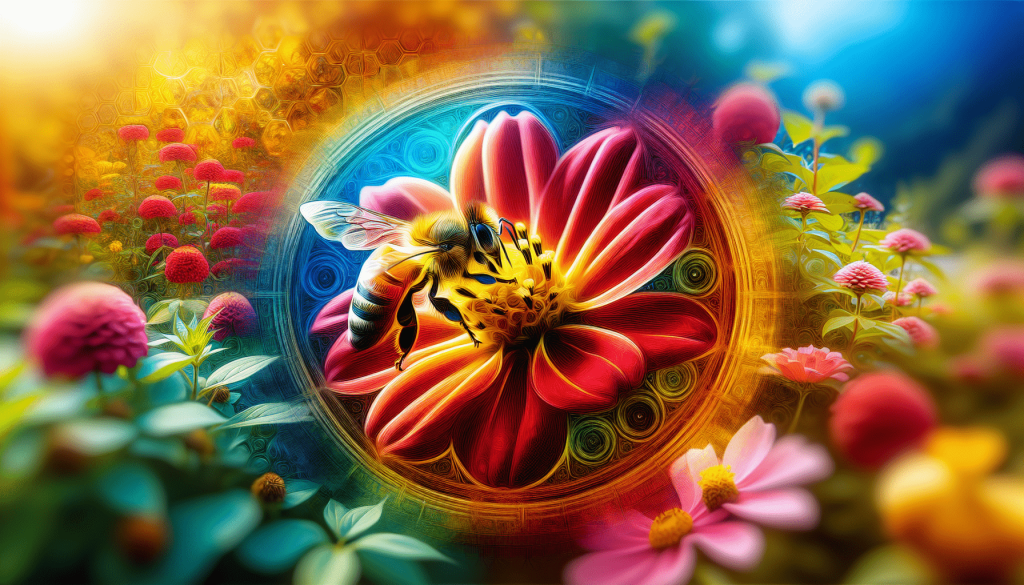
Understanding the Importance of Bees
Why Are Bees Essential?
Bees play a crucial role in pollinating plants, which in turn affects agricultural productivity, biodiversity, and even the food you eat. Without bees, many of the foods you enjoy would become scarce.
The Decline of Bee Populations
Unfortunately, bee populations worldwide are declining due to habitat loss, pesticide use, climate change, and disease. Establishing a garden that caters to their needs can make a huge difference.
Planning Your Bee-Friendly Garden
Choosing the Right Location
To attract bees, pick a sunny spot for your garden because bees love warmth. Ensure the area is sheltered from strong winds, as bees prefer calm environments.
Creating a Diverse Habitat
Including a variety of plants that bloom at different times of the year will provide bees with a constant food source. Aim to have at least three types of plants blooming during each season.
Selecting Plants for Your Bee Garden
Native Plants
Native plants are more familiar to local bee species and often more resistant to local pests and diseases. These plants require less maintenance and water compared to non-native varieties.
| Season | Example Native Plants |
|---|---|
| Spring | Bluebells, Wild Lilac, Lavender |
| Summer | Coneflowers, Black-eyed Susans, Asters |
| Fall | Goldenrod, Joe-Pye Weed, Sedum |
Non-Native Plants
While native plants are ideal, non-native plants can also provide valuable resources if chosen carefully. Plants like rosemary, marjoram, and borage are great for attracting bees.
Avoiding Hybrid Plants
Many hybrid plants do not produce the nectar or pollen needed to attract bees. Stick to single-flower varieties as these are usually more accessible to bees.
Providing Water Sources
Shallow Water Dishes
Bees need water too! Place shallow dishes filled with water and pebbles around your garden. The pebbles give bees a safe place to land and drink.
Maintaining Clean Water
Regularly change the water to prevent it from becoming a breeding ground for mosquitoes. Clean, fresh water will encourage bees to return to your garden.
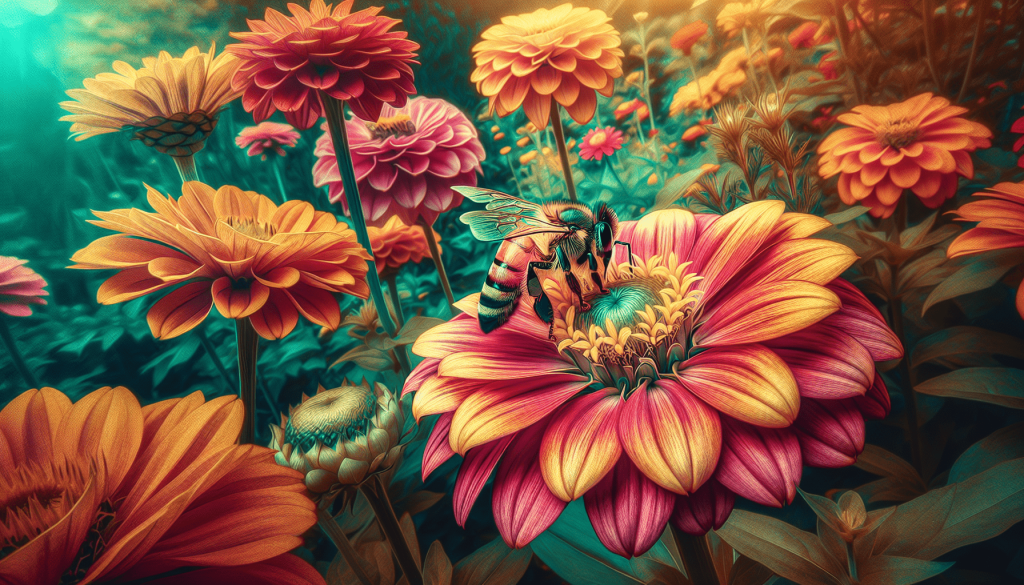
Avoiding Pesticides
Organic Alternatives
Using pesticides can harm bees. Opt for organic alternatives like neem oil or insecticidal soaps. These are less harmful to bees and other beneficial insects.
Integrated Pest Management
Adopt Integrated Pest Management (IPM) techniques to control pests. This method focuses on long-term prevention through biological control, habitat manipulation, and resistant varieties.
Creating Nesting Sites
Ground Nesting Bees
Around 70% of bees are ground nesters. Leaving bare patches of soil will provide these bees with nesting sites. Avoid using mulch in these areas to make it easier for them to burrow.
Cavity Nesting Bees
Provide homes for bees that nest in cavities by installing bee houses or simply drilling holes into wood blocks. Ensure the holes are smooth and of varying sizes to suit different bee species.
Maintaining Your Bee Garden
Regular Monitoring
Keep an eye on your garden to ensure it continues to meet the needs of bees. Regular monitoring allows you to make timely adjustments.
Seasonal Adjustments
Gardens evolve with the seasons, and so should your approach to maintaining a bee-friendly environment. Adjust plant selections and nesting sites as needed to ensure continuous support for local pollinators.
Educating Yourself and Others
Continuous Learning
Stay informed about the latest in bee conservation and gardening techniques. Join local gardening clubs, attend workshops, or read up on the subject to continually improve your bee-friendly garden.
Community Involvement
Share your knowledge with neighbors and friends. Encourage them to create their own bee-friendly gardens and contribute to a larger network of pollinator habitats.
The Benefits of a Bee-Friendly Garden
Enhanced Flowering and Fruit Production
Bees increase the rate of pollination, leading to more flowers and higher fruit yields. Your garden will not only look better but also be more productive.
Biodiversity
A garden that supports bees often attracts other beneficial insects and wildlife. This increases the overall biodiversity of your garden, creating a more balanced ecosystem.
Personal Satisfaction
Knowing that you are contributing to the conservation of bee populations and the environment is a rewarding experience. Your efforts can have a lasting impact on the local ecosystem.
By following these guidelines, you can establish a bee-friendly garden that will support local pollinator populations. Not only will your garden thrive, but you will also be playing a vital role in protecting these essential creatures.


